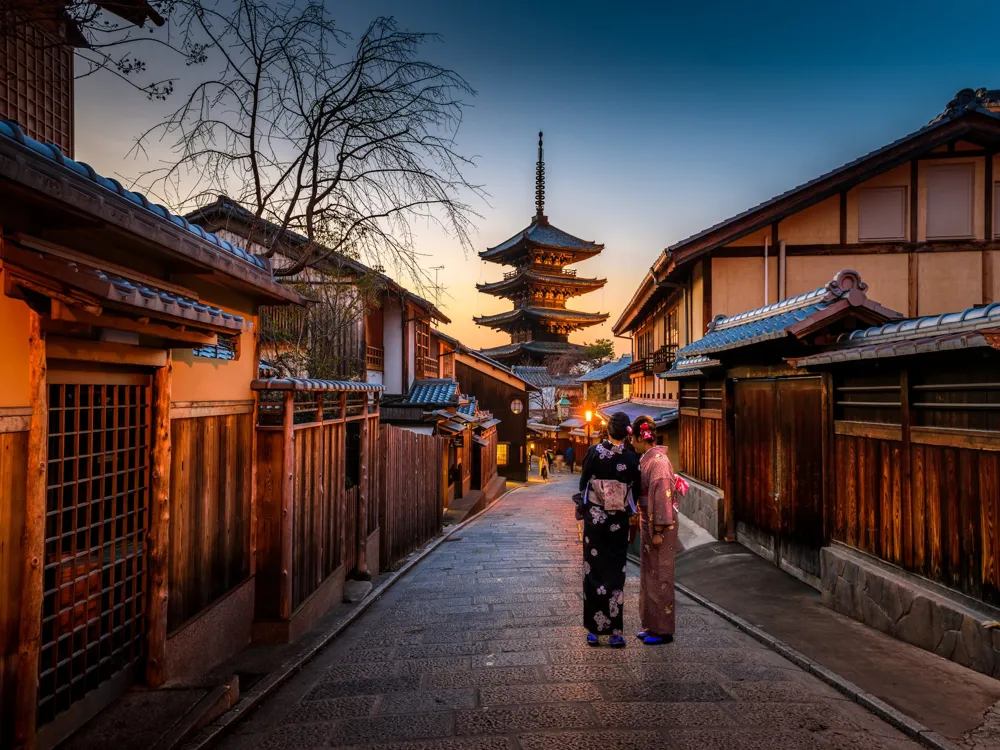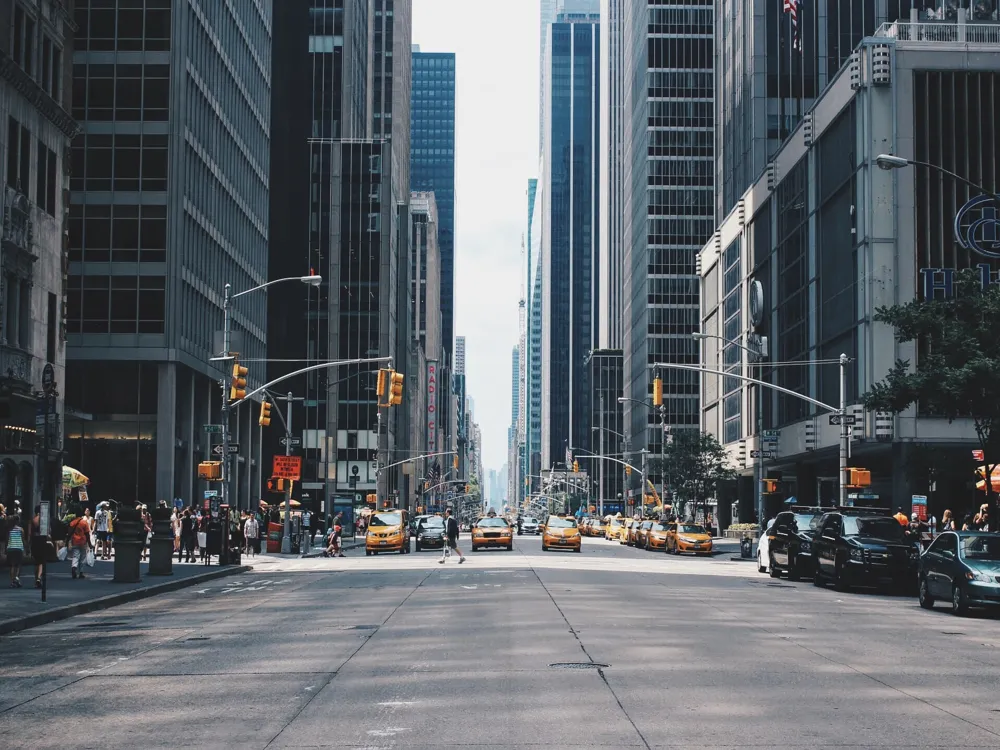Haiphong, a major industrial city and the third-largest in Vietnam, is a fusion of history, culture, and modernity. Situated in the northeastern part of the country, it serves as a crucial maritime gateway for northern Vietnam. Haiphong's landscape is a tapestry of rivers, coastal lowlands, and rolling hills, contributing to its unique geographical charm. The city is steeped in history, reflected in its architecture, cuisine, and cultural practices, making it a fascinating destination for travelers. Despite its industrial underpinnings, Haiphong is also known for its green spaces and scenic beauty. The city's streets are lined with flame flower trees, adding a vibrant splash of color to the urban landscape. Parks and lakes within the city provide serene escapes, while nearby, the famous Cat Ba Island offers breathtaking natural beauty and biodiversity. Haiphong's rich cultural heritage is evident in its festivals, traditional crafts, and cuisine, offering a deep dive into Vietnamese traditions and lifestyle. The economic significance of Haiphong cannot be overstated. It houses major industrial sectors, including shipbuilding, steel production, and manufacturing, contributing significantly to Vietnam's economy. The city's port, one of the largest in Southeast Asia, is a bustling hub of international trade, linking Vietnam with global markets. With its strategic location and economic vitality, Haiphong plays a pivotal role in Vietnam's development and integration into the global economy. Haiphong's architecture is a captivating blend of Vietnamese traditions and French colonial influences, creating a unique urban tapestry. The city's historical core is characterized by well-preserved colonial buildings, reflecting Haiphong's past under French rule. These structures, with their distinct European architectural styles, stand as testaments to the city's historical layers and cultural intersections. Notable among these are the Haiphong Opera House and Queen of the Rosary cathedral, both epitomizing the elegance of French colonial architecture. The Opera House, in particular, is a landmark, with its neoclassical design, grand façade, and ornate interiors. The cathedral, with its towering spires and intricate details, is a significant religious and cultural site, drawing visitors for both its spiritual and architectural value. Beyond the colonial remnants, Haiphong's architecture also includes traditional Vietnamese elements. Pagodas, temples, and communal houses dot the city, showcasing indigenous architectural styles and craftsmanship. These structures, often nestled in serene settings, are not just places of worship but also custodians of local history and culture. In recent years, Haiphong has witnessed modern architectural developments, with new urban areas, commercial centers, and residential complexes. These contemporary structures coexist with the city's historical architecture, symbolizing Haiphong's journey towards modernization while preserving its rich heritage. The ideal time to visit Haiphong is between November and April when the weather is pleasant and conducive for exploring the city's attractions. This period avoids the rainy season, ensuring a more comfortable travel experience. Haiphong's culinary scene is a delightful exploration of flavors. Must-try dishes include 'Banh Da Cua,' a local crab noodle soup, and 'Banh Mi Que,' a unique version of the Vietnamese sandwich. Street food tours are highly recommended for an authentic taste of local cuisine. Understanding and respecting local customs is important. Dress modestly when visiting religious sites, and always ask for permission before taking photographs of locals, especially in rural areas. Haiphong is best explored on foot or by bicycle, allowing visitors to immerse themselves in the city's vibrant street life. Public transport is also available, with options like buses and taxis being convenient for longer distances. Haiphong is well-connected and accessible through various means of transport. The city's Cat Bi International Airport is served by domestic and some international flights, making air travel a convenient option. For those preferring land travel, Haiphong is linked by a network of highways and railways, connecting it to major cities like Hanoi. Additionally, the city's maritime links are robust, with the port of Haiphong being a major entry point for sea travel. Whether arriving by air, land, or sea, Haiphong is an accessible destination for travelers from around the globe.Overview of Haiphong
Architecture of Haiphong
Tips When Visiting Haiphong
Best Time to Visit
Local Cuisine
Cultural Etiquette
Exploring the City
How To Reach Haiphong
Du Hang Pagoda
Haiphong
NaN onwards
View haiphong Packages
Weather :
Tags : Cultural Area
Timings : 7:00 - 18:30
Time Required : 1 - 2 hours
Entry Fee : Nil
Planning a Trip? Ask Your Question
Haiphong Travel Packages
View All Packages For Haiphong
Top Hotel Collections for Haiphong

Private Pool

Luxury Hotels

5-Star Hotels

Pet Friendly
Top Hotels Near Haiphong
Other Top Ranking Places In Haiphong
View All Places To Visit In haiphong
View haiphong Packages
Weather :
Tags : Cultural Area
Timings : 7:00 - 18:30
Time Required : 1 - 2 hours
Entry Fee : Nil
Planning a Trip? Ask Your Question
Haiphong Travel Packages
View All Packages For Haiphong
Top Hotel Collections for Haiphong

Private Pool

Luxury Hotels

5-Star Hotels

Pet Friendly





















